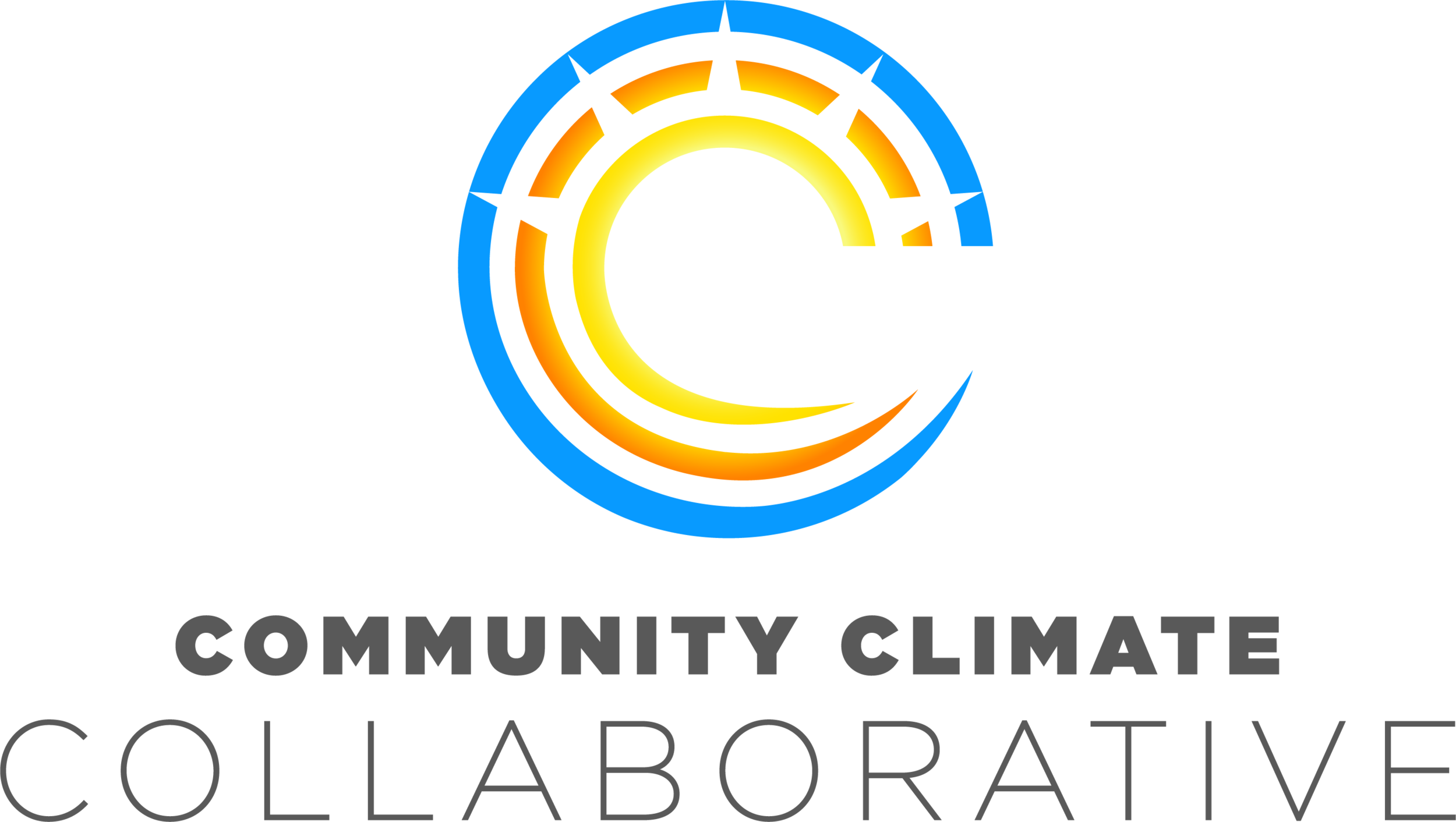Better Business Challenge: The City Maps Out Strategy to Save Energy and Water Facility-Wide
Installation of solar panels on Smith Aquatic & Fitness Center.
Each participant in the Better Business Challenge, we believe, is a leader in environmental sustainability. And the City of Charlottesville is certainly no exception.
The City has outlined its thinking on what it means to be a “Green City” on its website, where it highlights some of the projects, resources, and initiatives it has in place to enhance the community’s health and achieve its sustainability objectives. Among those environmentally-proactive initiatives are the City’s efforts to maximize the energy- and water-efficiency of its many municipal facilities.
The City has a unique challenge to manage and optimize the use and performance of wide array of structures — approximately 50 City-owned public buildings and nine City school buildings across 10.4 square miles of jurisdiction.
Fortunately, the Better Business Challenge helps larger organizations with a diverse portfolio of buildings like the City tackle and achieve sustainability goals in a manageable and tangible way! Our Energy Scorecard breaks down the steps that organizations like the City can take to save money and energy, from engaging staff on conservation to conducting lighting assessments.
In this Q&A, Kirk Vizzier, Energy Management Coordinator with the City of Charlottesville, details some of the strategies it has put into motion for improving building performance and sustainability, and how the City is encouraging its employees to do their part to save energy too.
Why did the City of Charlottesville join the Better Business Challenge?
KIRK: The City is currently in the process of enhancing its internal energy and water management program that covers all municipal facilities. This includes improving energy/water data tracking and management, establishing foundational policies, optimizing building operations, setting performance goals, and investing in energy efficient upgrades and renewable energy where feasible. The Better Business Challenge aligns with these efforts and offers a great opportunity to collaborate with other local entities going down this same path. There is a lot of momentum around the Challenge.
What sort of actions has the City taken so far to save energy (and money) or lower your carbon footprint as part of the Challenge?
KIRK: In order to create our energy and water management program, we started with foundational actions that allow us to effectively approach our building portfolio. One of which was to establish an energy and water management team tasked with analyzing building operations and identifying effective strategies to improve building performance. With that implementation, we are already finding opportunities to reduce HVAC operating hours for some of our larger facilities and have implemented changes accordingly.
Additionally, we are developing an energy and water management policy that will set standards for facility operations and occupant behavior related to energy and water usage. This is crucial as it allows us to have a standard built into the core expectations for all employees. Behavior change is hard and the policy gives us the ability to enforce best practices.
We are also developing education strategies to accompany the policy roll-out to ensure all employees understand how this affects their day to day habits in the office so they have the ability to put these into action.
We are also reviewing opportunities to upgrade lighting across our buildings. LEDs are already a standard during all of our retrofits and we are phasing these in upon burn-out and during renovations.
What sort of energy-saving and carbon footprint-reducing measures are you looking forward to exploring or implementing (as part of the Challenge)?
KIRK: The policy will cover a number of areas that we are excited to implement. Examples include plug load management, lighting control practices, temperature set point standards, and door/window (envelope) management. All of these are best practices that will help fine tune our operations.
At a more fundamental level, the most important thing we are doing is instilling the concept of “energy-awareness” across the City as an organization. We want to make these practices second nature by giving our team the knowledge and authority to adjust behavior, emphasizing energy conservation. We are taking a hard look at how we view and approach energy (and water) usage so that we can make those deeper, fundamental adjustments that reinforce these values across the organization.
Efficiency upgrades are absolutely necessary, but if we don’t pair those with smart behavior and efficient operational practices, we aren’t managing all variables that affect energy usage and risk negating any progress we had with the efficiency upgrades. We know that the more difficult “ship to turn” is behavior so we have given these strategies equal footing with equipment upgrades, rather than having them take a backseat.
The green roof at Charlottesville City Hall.


